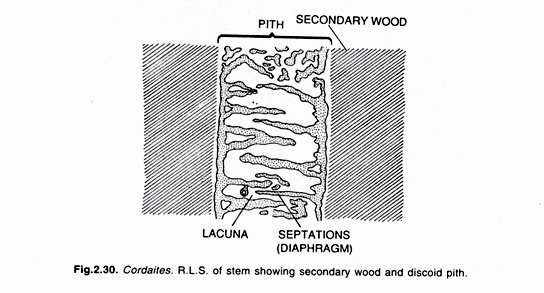ADVERTISEMENTS:
Citric acid is sold in the market as an anhydrous crystalline chemical, as crystalline monohydrate, or as a crystalline sodium salt. Citric acid is used in the soft drinks, jams, jelly, wines, candies and frozen fruits. It also used in artificial flavours.
In medical applications, it is used in blood transfusion and as effervescent product. In cosmetic industries, various astringent lotions have citric acid where it is used to adjust pH and acts as sequestrant and in hair dressing and added in hair setting fluids. It also acts as synergists with antioxidants for oils and delay browning in sliced peaches (Fig. 20.14).
Since citric acid is a primary metabolite, it is produced during growth (trophophase) of the microorganism as a result of interruption of TCA cycle i.e. defective Kreb’s cycle. In this process a good amount of sugar transport through BMP pathway occurs which results in acetyl CoA production.
ADVERTISEMENTS:
In this case, acetyl CoA condenses with oxaloacetic acid to yield citric acid. Further, citric acid cycle is interrupted by inhibition of aconitase and isocitric dehydrogenase by copper or H2O2. Fe is an essential cofactor and the Cu or Fe ratio is 0.3: 2 (mg/lit) which interrupt the activity of these enzymes to pH 2.0 as shown in Fig. 20.15.

